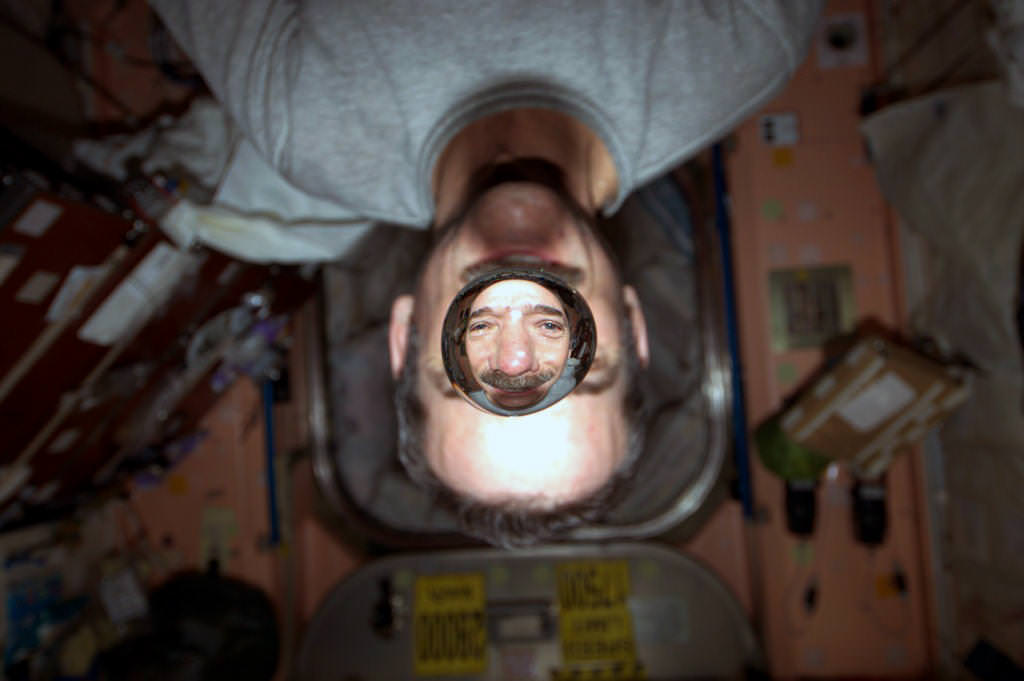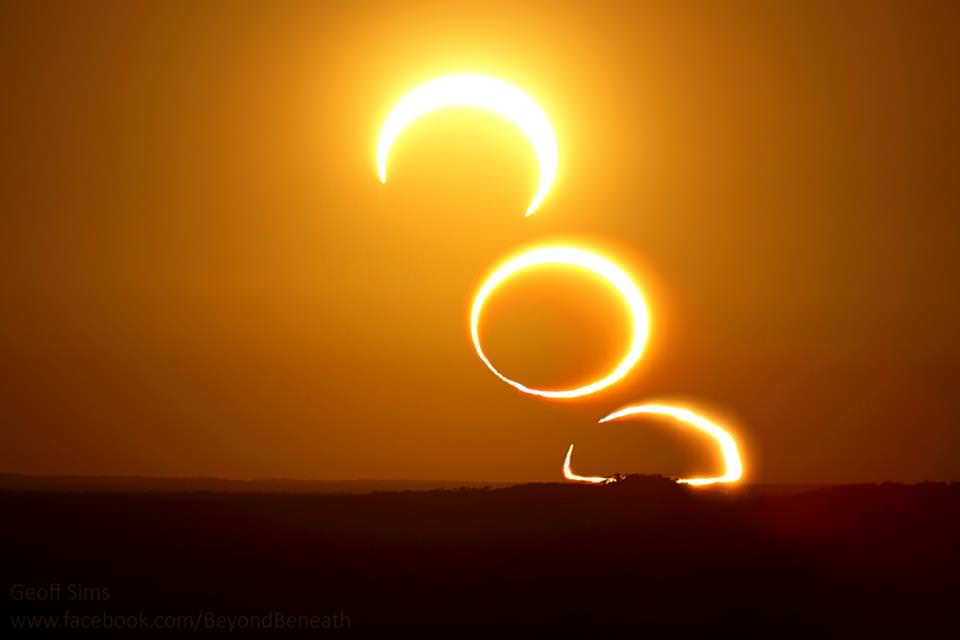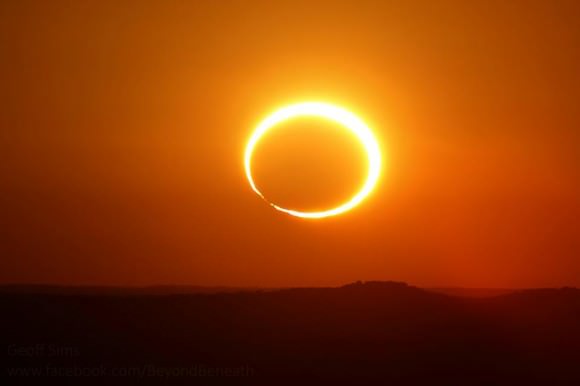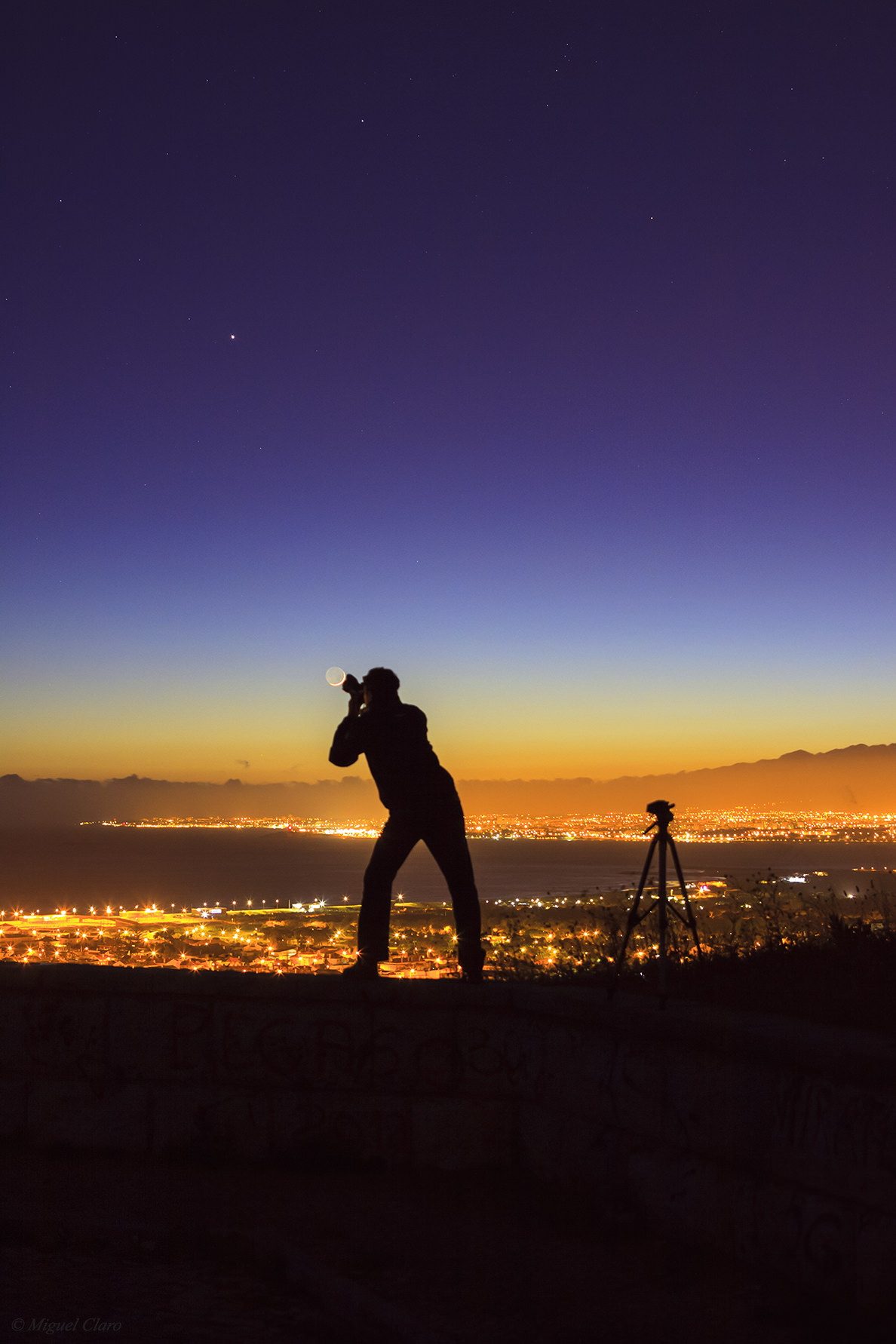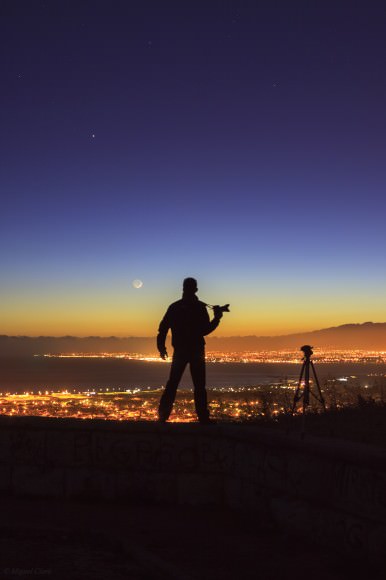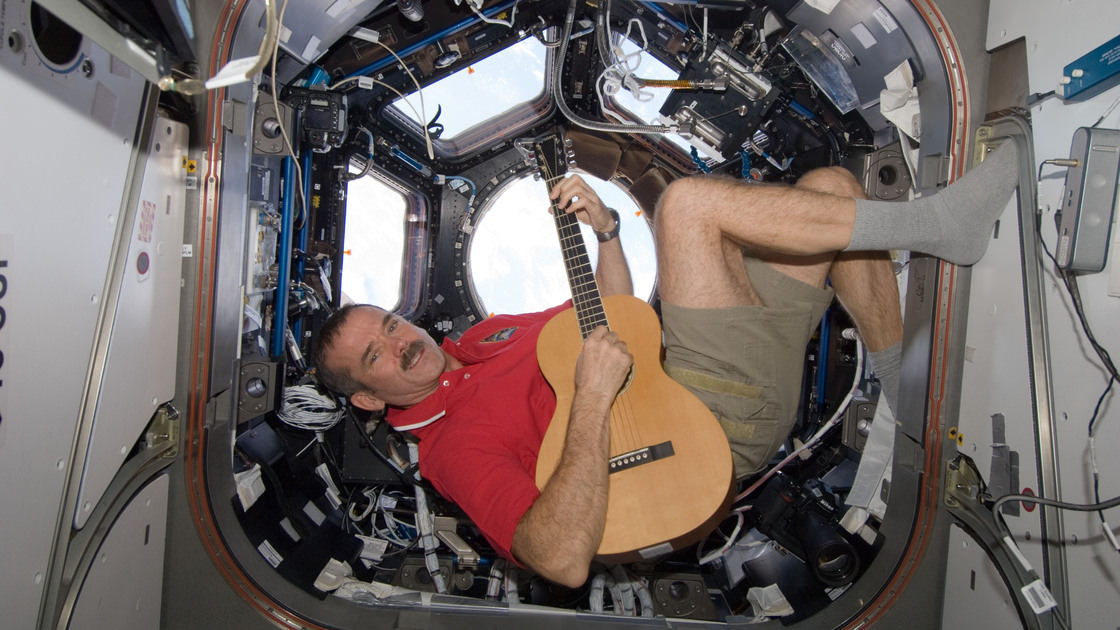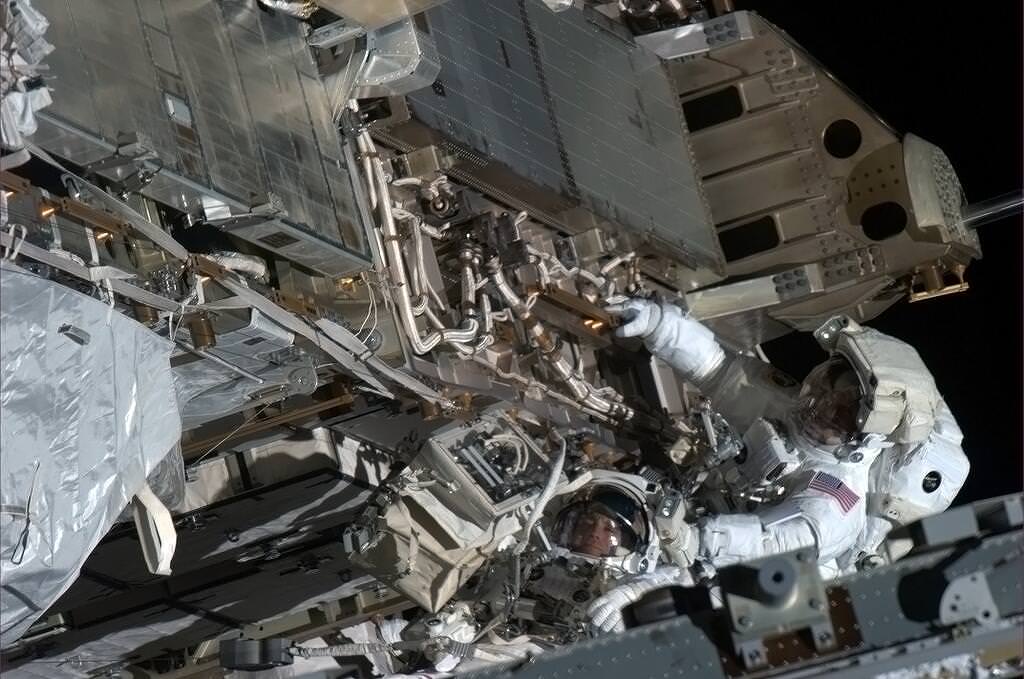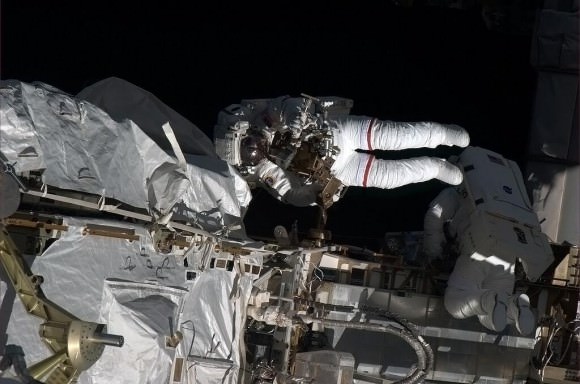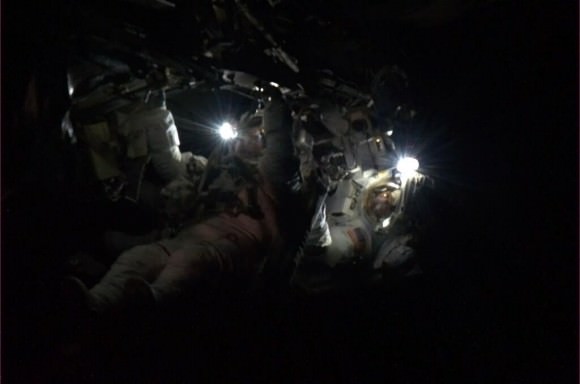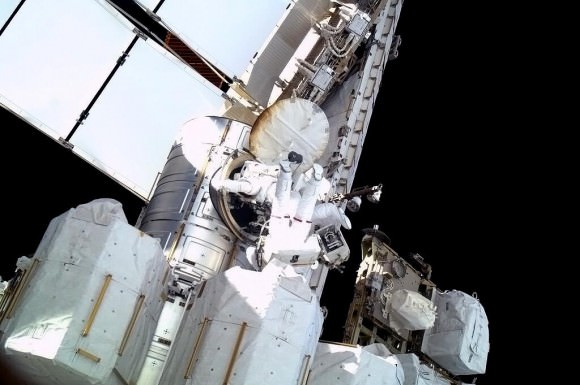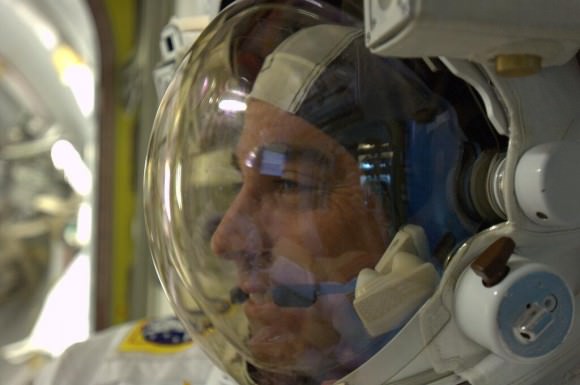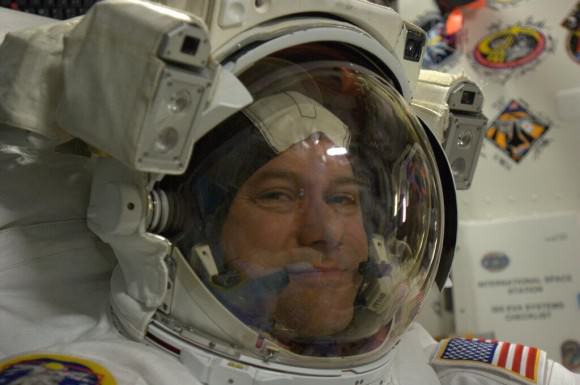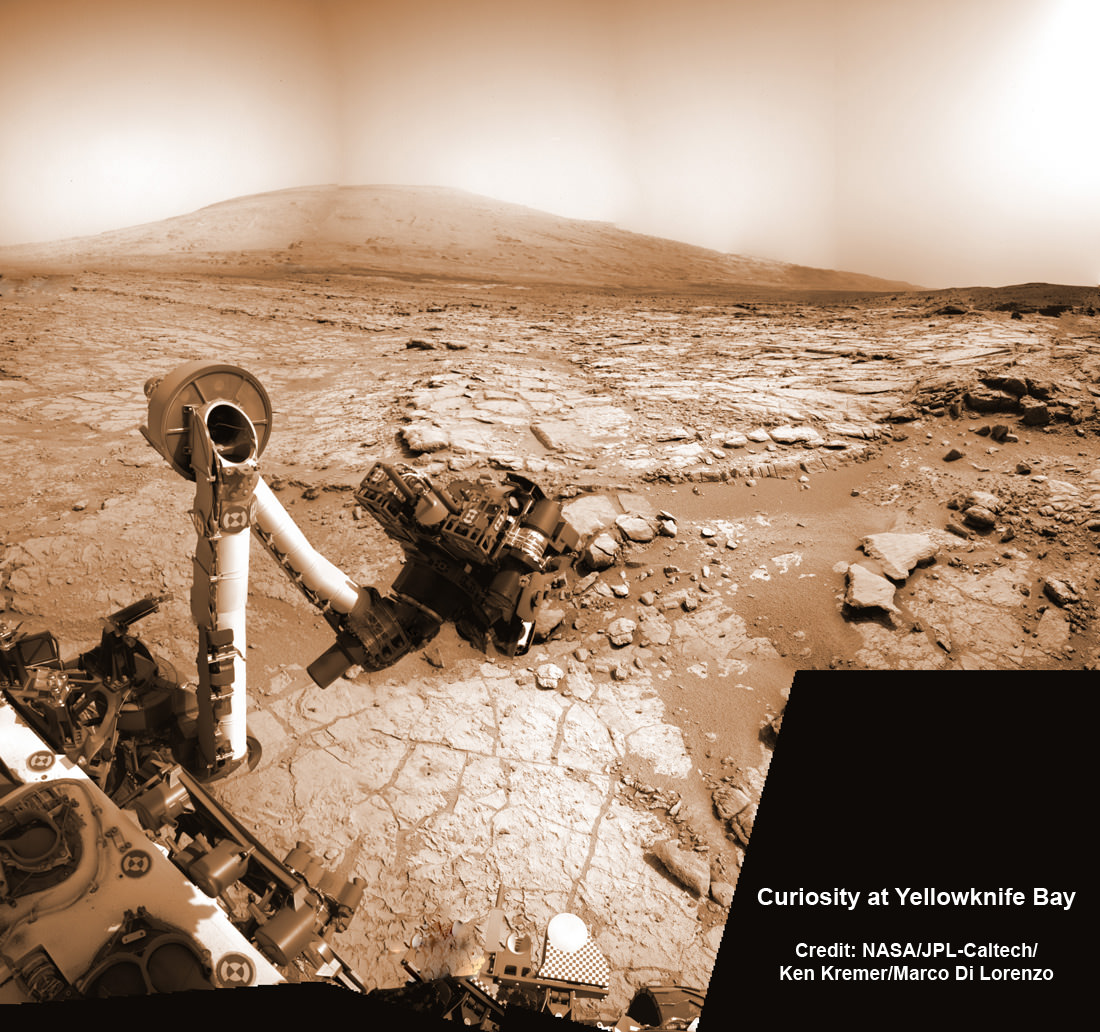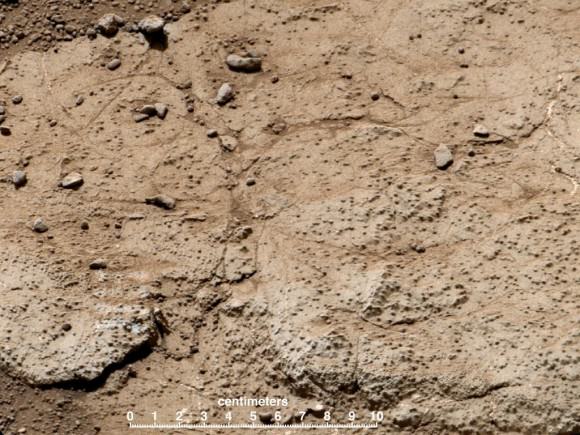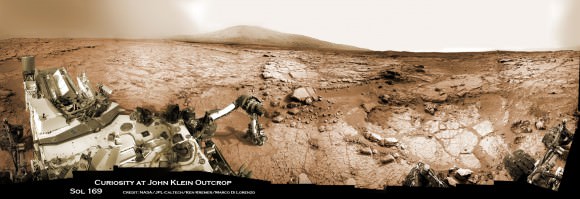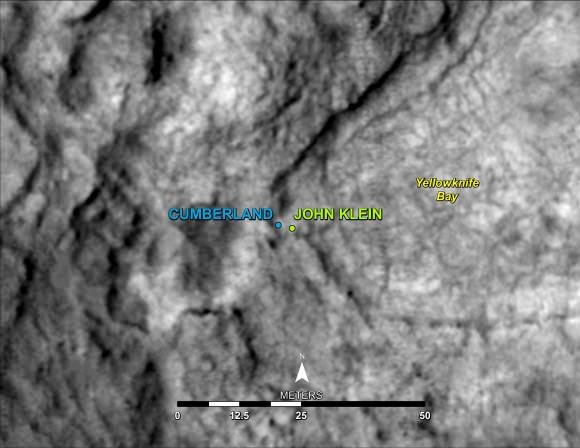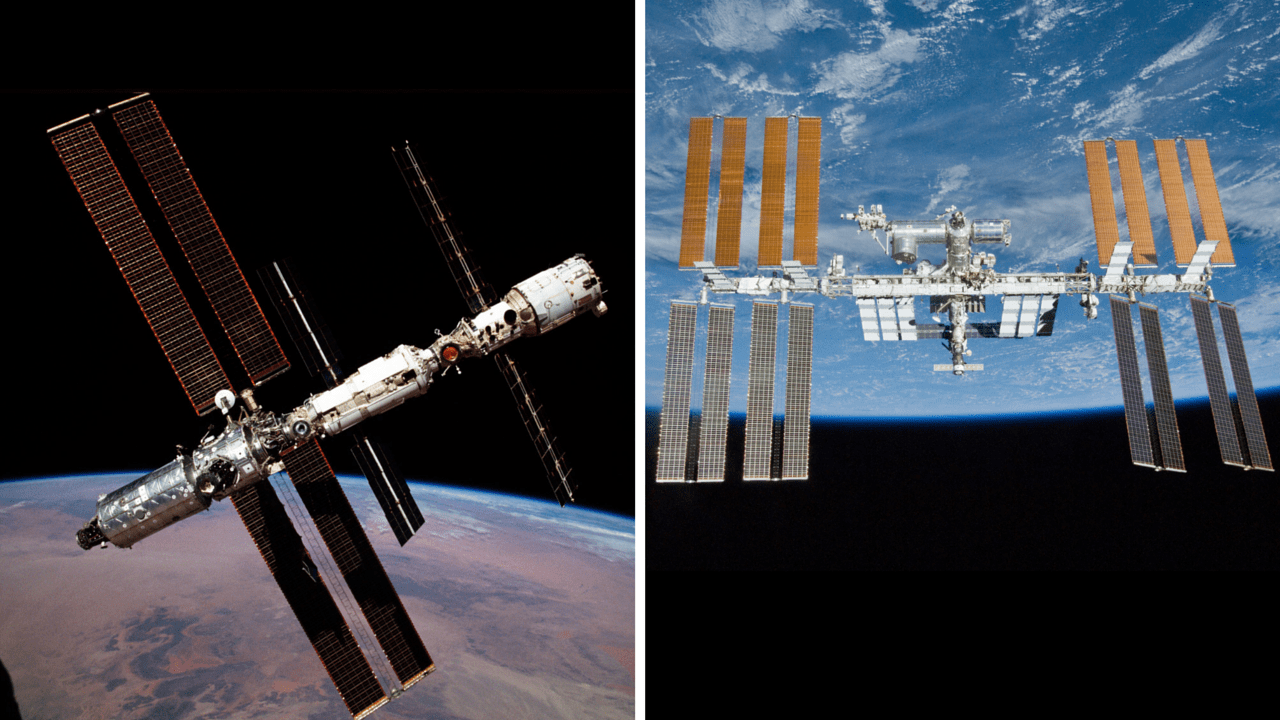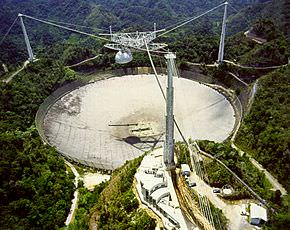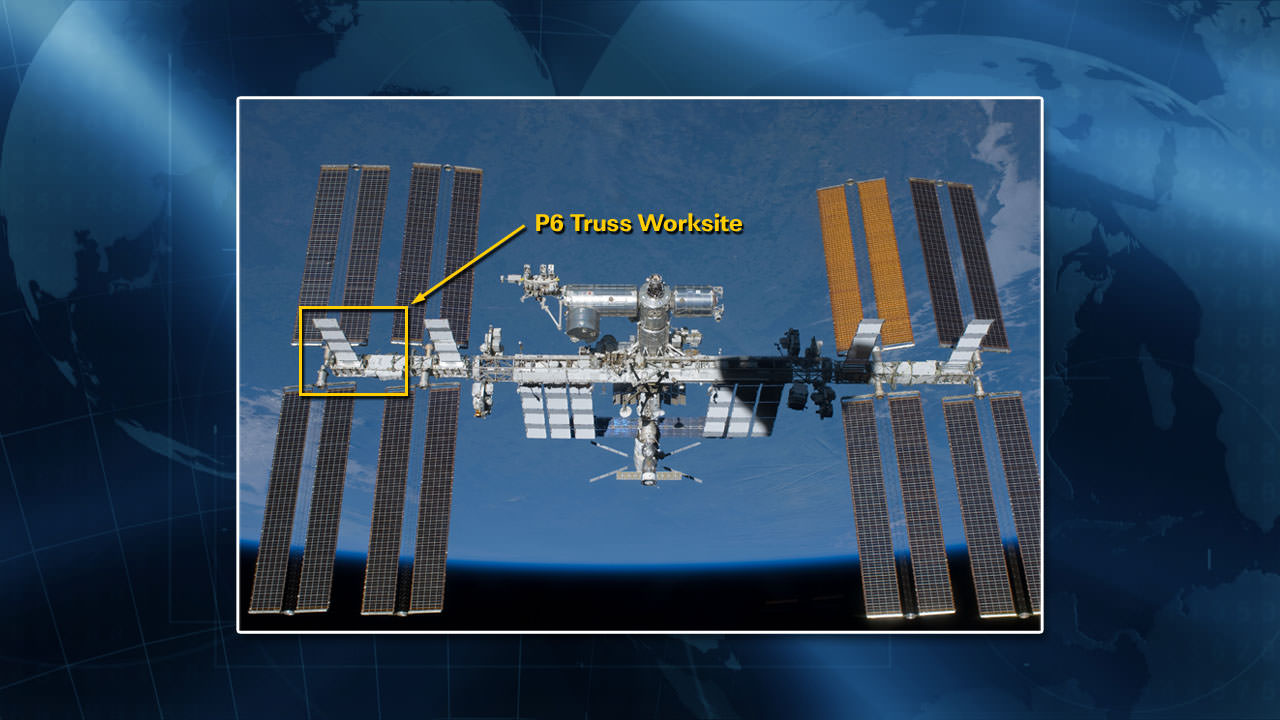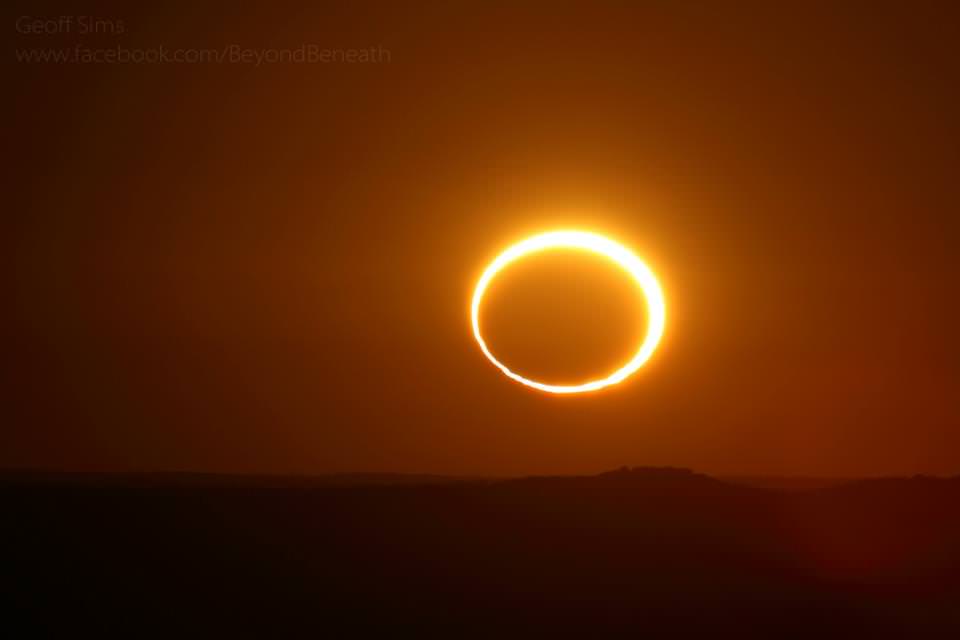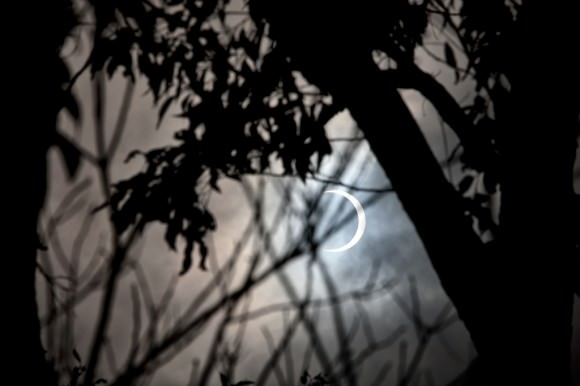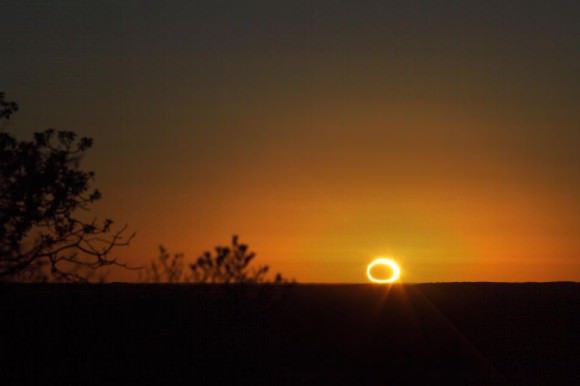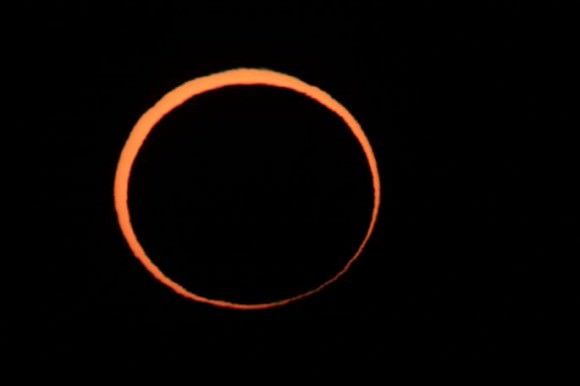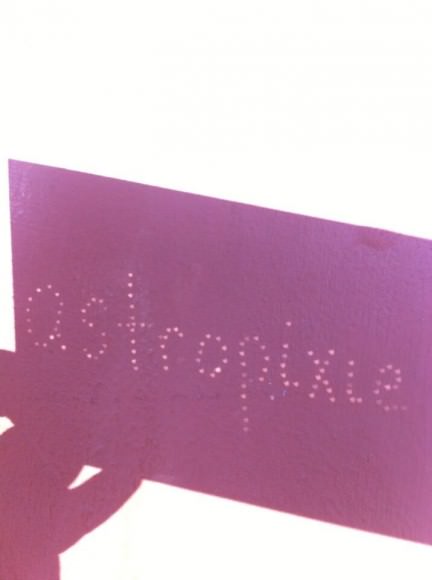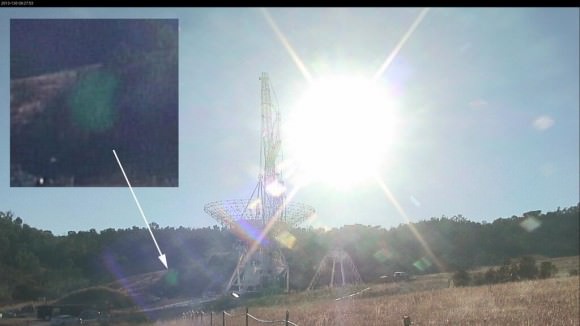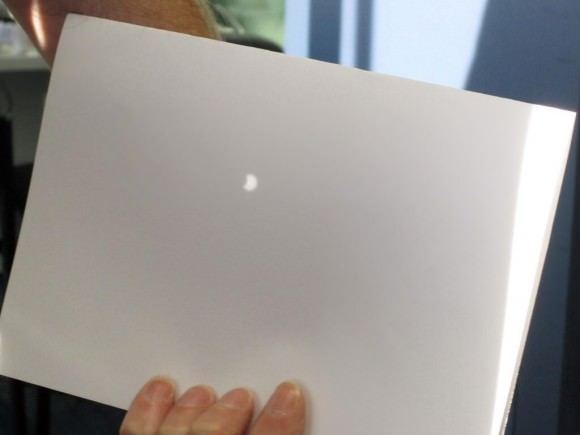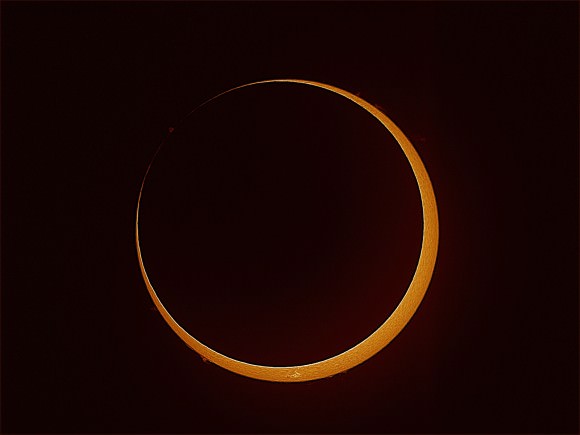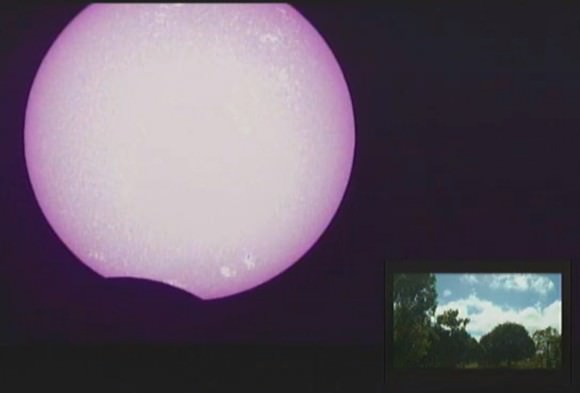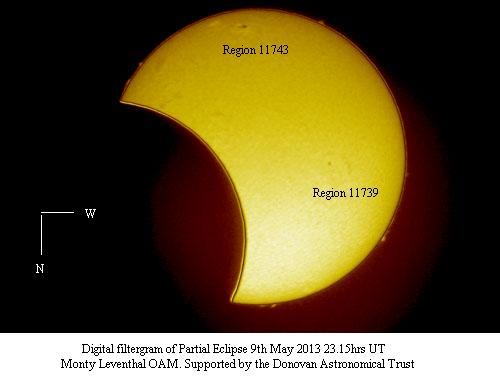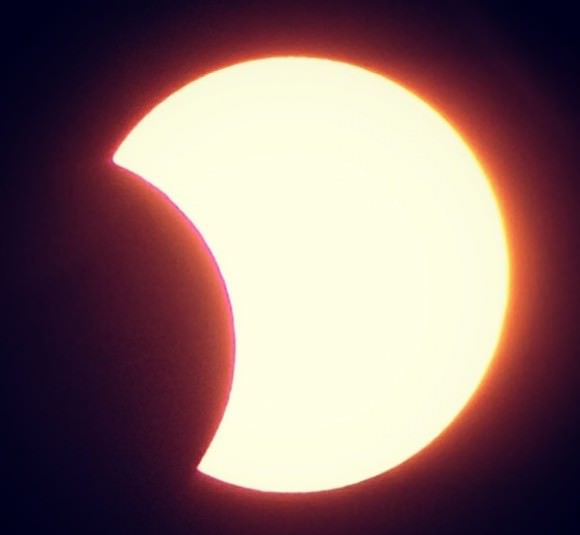During the past five months, Canadian astronaut Chris Hadfield has been providing a steady flow of strikingly beautiful images, as well as concisely sharing his experiences via social media sites like Twitter. Hadfield has become an internet sensation, and with his eloquence, wit, and ebullience he can certainly turn a phrase, as well as educate and elucidate.
During his Expedition, Hadfield has performed experiments with schoolchildren, chatted with people via amateur radio, and serenaded us with songs, including singing along with nearly 1 million students via webcast. He’s also exchanged tweets with Star Trek captains, first officers and engineers, as well as several averages Joe who asked a question. Hadfield has set a new standard of incredible.
Here are a few of our favorite quotes and Tweets from Hadfield during his mission. Feel free to add your own favorites in the comments.
Over the weekend, the ISS crew needed to do an emergency EVA, which could have been a tense situation. Instead, Hadfield tweeted about how fun this was going to be:
What a fun day! This type of event is what the years of training were for. A happy, busy crew, working hard, loving life in space.
— Chris Hadfield (@Cmdr_Hadfield) May 10, 2013
As the air was let out of the Quest airlock to allow Tom Marshburn and Chris Cassidy to step outside to do their EVA, Hadfield radioed to Mission Control that the depressurization was underway by saying, “We’re now doing our best to pressurize the rest of the Universe.”
On May 4, widely considered Star Wars Day around the world, Hadfield posted this fun picture, demonstrating some ‘Jedi skills’ on the ISS (and yes, we know its not an exactly correct quote from Yoda):
There is no try – only do. May the 4th be with you. twitter.com/Cmdr_Hadfield/…
— Chris Hadfield (@Cmdr_Hadfield) May 4, 2013
Being in space is such a great experience, Hadfield said, that he didn’t want to miss a minute, even to sleep:
“This is a marvelous, marvelous human experience,” Hadfield said in his first news conference after assuming command of the ISS in March. “The only thing that gets me mad is I have to sleep. My resolution has been to make the absolute most of it — to spend as little time sleeping as I can.”
During that same news conference, he expressed his excitement at taking command: “Thank you very much for giving me the keys to the family car… we’re going to put some miles on it, but we’ll bring it back in good shape.”
Hadfield talked to students several times from space – and performed some great show and tell, including the infamous ‘wringing out a washcloth in space’ video. He also coined some gems during these talks, such as:
“The cool things about space is when you put your pants on here, you can put them on two legs at a time.”
But he also gave some great advice. During a Q&A on Reddit, one student asked if Hadfield had any advice for an aspiring astronaut. Hadfeild replied:
“Decide in your heart what really excites and challenges you, and start moving your life in that direction. Every decision you make, from what you eat to what you do with your time tonight, turns you into who you are tomorrow and the day after that.” “Look at who you want to be, and start sculpting yourself into that person. You may not get exactly where you thought you’d be, but you will be doing things that suit you in a profession you believe in. “Don’t let life randomly kick you into the adult you don’t want to become.”
Gavin Aung Than, who pens Zen Pencils website, created a wonderful comic strip, “An astronaut’s advice” based on Hadfield’s response. See it here.
Hadfield quipped on the challenges and special clothing needed for their Soyuz landing – taking place tonight: “On landing we wear the Centaur G-suit, squeezes our calves, thighs and gut so that our blood stays in our heads. Space Spanx 🙂 “
Good to know that after 5 months, my Sokhol pressure suit still fits. It’s what we wear in the Soyuz. High fashion. twitter.com/Cmdr_Hadfield/…
— Chris Hadfield (@Cmdr_Hadfield) May 7, 2013
On what it is like to sleep in space:
It is sort of like being inside your mother’s womb where your body is floating, your knees come up your arms go out, your head comes down. You are completely relaxed, it’s a wonderful way to sleep.
His description of how he felt during the Soyuz launch back in December:
“It is spectacular. From about five minutes in, when we knew for sure that we were going to have the weather to go, the smile on my face just got bigger and bigger, and I was just beaming through the whole launch. I mean, it is just an amazing ride.”
Then later during a press conference:
“Going to space and going from acceleration to weightlessness is like you’re being beaten and pummeled by a big gorilla on your chest and suddenly he throws you off a cliff.”
Then there were all the images of Earth from space, providing such a unique perspective of our humanity. For example, just this morning:
You can see how high we are when you see how close this jet trail is to the ground. twitter.com/Cmdr_Hadfield/…
— Chris Hadfield (@Cmdr_Hadfield) May 13, 2013
Here Hadfield summed up his thoughts on getting ready to head for home:
The amount of images Hadfield has taken during his mission is incredible and impressive. Here you can see an interactive graphic of all the images taken or tweeted by Chris Hadfield during his Expedition.
With over 833,000 followers on Twitter, will Hadfield keep up his social media presence once he returns back to Earth?
His son Evan, who has been Hadfield’s social media manager since Hadfield was chosen for this mission, assured that his father will keep the conversation going.
“A lot of people think that when he comes back he’ll stop, but I don’t really understand why because it’s not an end to something,” Evan said in an interview with the CBC. “It’s going to be so much greater when he comes home and people can interact with him face to face now that they know what he’s achieved and what it’s possible to achieve.”

